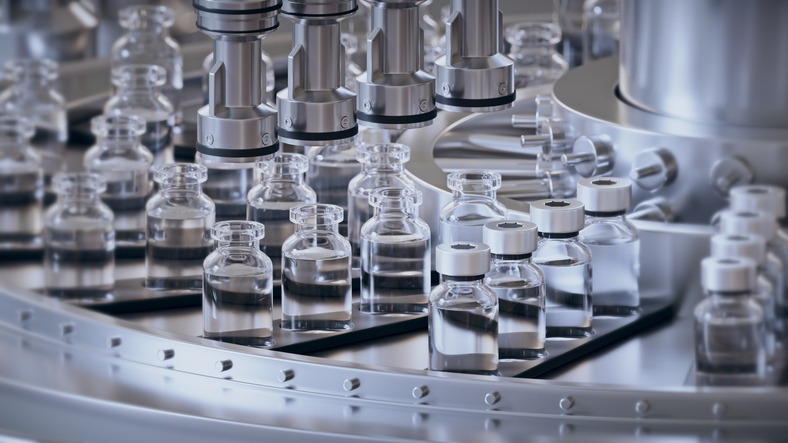Document control can be chaotic, especially for enterprise organizations managing a large number of resources, records and other documentation. Having an effective document control procedure is essential for staying sane and maintaining compliance and operational efficiency.
To bring order to the chaos and optimize your efforts, assess your current document management efforts, implement proven best practices, and consider investing in a document management control system to take compliance and quality to the next level.
Assessing Current Document Control Procedures
Your current document management approach may involve a combination of analog and digital storage, along with a set of protocols. However, your organization may or may not enforce them across different departments and functions.
Before implementing any new tools or processes, quality managers should assess document control procedures, compare current protocols to standard best practices, and look for places to promote consistency and streamline workflows.
Document Control Best Practices
These best practices are the backbone of an efficient, secure, and compliant organization. Understanding and implementing these practices can be the difference between a smooth operation and one riddled with inefficiencies and vulnerabilities.
Establish a Document Control Policy
Establishing a document control policy is essential for creating a more consistent approach to document management across your organization. This policy should clearly outline the rules for document creation and storage and standards for organizing, accessing, and sharing files.
A document control policy helps ensure documents are accessible while also preventing them from being misplaced or edited without authorization.
Implement Effective Document Identification and Version Control
Document identification involves establishing naming conventions that define a document’s content at a glance, and version control refers to tracking document revisions and archiving or deleting outdated document editions. Together, document identification and version control reduce confusion and prevent errors caused by circulating outdated documents.
Streamline Document Approval and Review Processes
Approval and review processes are a major cause of bottlenecks, especially when documents end up buried in someone’s email inbox. Use document control automation tools like digital notifications and reminders to keep documents moving efficiently through the approval chain.
Organize and Store Documents Efficiently
Establish standards for document storage and organization to improve access and optimize document retrieval. This strategy involves sorting resources into clearly labeled folders and applying tags and keywords to enhance searchability. It may also involve digitizing physical files or finding more efficient ways to label and organize physical documents.
Enhance Document Retrieval and Accessibility
Once your documents are well-organized using folders, tags, and keywords, ensure users can effectively locate them using that metadata. A document management control system with advanced search capabilities can make it much faster for users to find the information they want.
Control Document Distribution and Access
Closely controlling document distribution and access prevents unauthorized edits while ensuring key personnel can see relevant documentation without issues. Assign access permissions based on team members’ roles and responsibilities and implement additional security measures, like encryption, to protect sensitive documents.

Maintain Document Change Control and Audit Trails
Tracking document changes promotes accountability and transparency, and change logs make it easier to figure out when a change occurred and who made it. Keeping track of document edits also facilitates audit prep because it reduces the time it takes to find relevant information about a document’s revisions.
Provide Comprehensive Document Training and Awareness
New document control policies will only be effective if employees understand and follow them. When implementing new document control procedures, communicate clear instructions, host training sessions, and provide adequate time for questions. Don’t just tell people what to do — explain the importance of document control and its impact on compliance, security, and quality.
Continuously Improve Document Control with Metrics
Define key performance indicators to measure the efficiency of your new document control processes. For example, track document retrieval time to determine if a new approach to document organization allows users to find what they’re looking for faster. Conduct periodic reviews of procedures and make adjustments as needed.
Leveraging ETQ Reliance to Follow Document Control Procedure Best Practices
One more document control best practice worth mentioning is leveraging document management software.
ETQ Reliance is a digital document control system that addresses many of the challenges quality managers face when it comes to document management, including:
- Tracking changes with built-in version control
- Creating custom workflows with automated approval routing and reminder notifications.
- Maximizing security while maintaining accessibility with role-based access controls.
ETQ Reliance removes friction from document management processes and makes applying other document control best practices easier.
Implement Document Control Procedure Best Practices to Ensure Efficiency and Compliance
Simple tips become proven best practices because they work. By following trusted and tested approaches to document management, you’ll see outcomes like increased productivity, enhanced efficiency, and peace of mind. And by leveraging document management software, you’ll achieve those outcomes with a fraction of the effort.
To learn more about how ETQ Reliance makes document control more effortless, meet with a quality expert.


